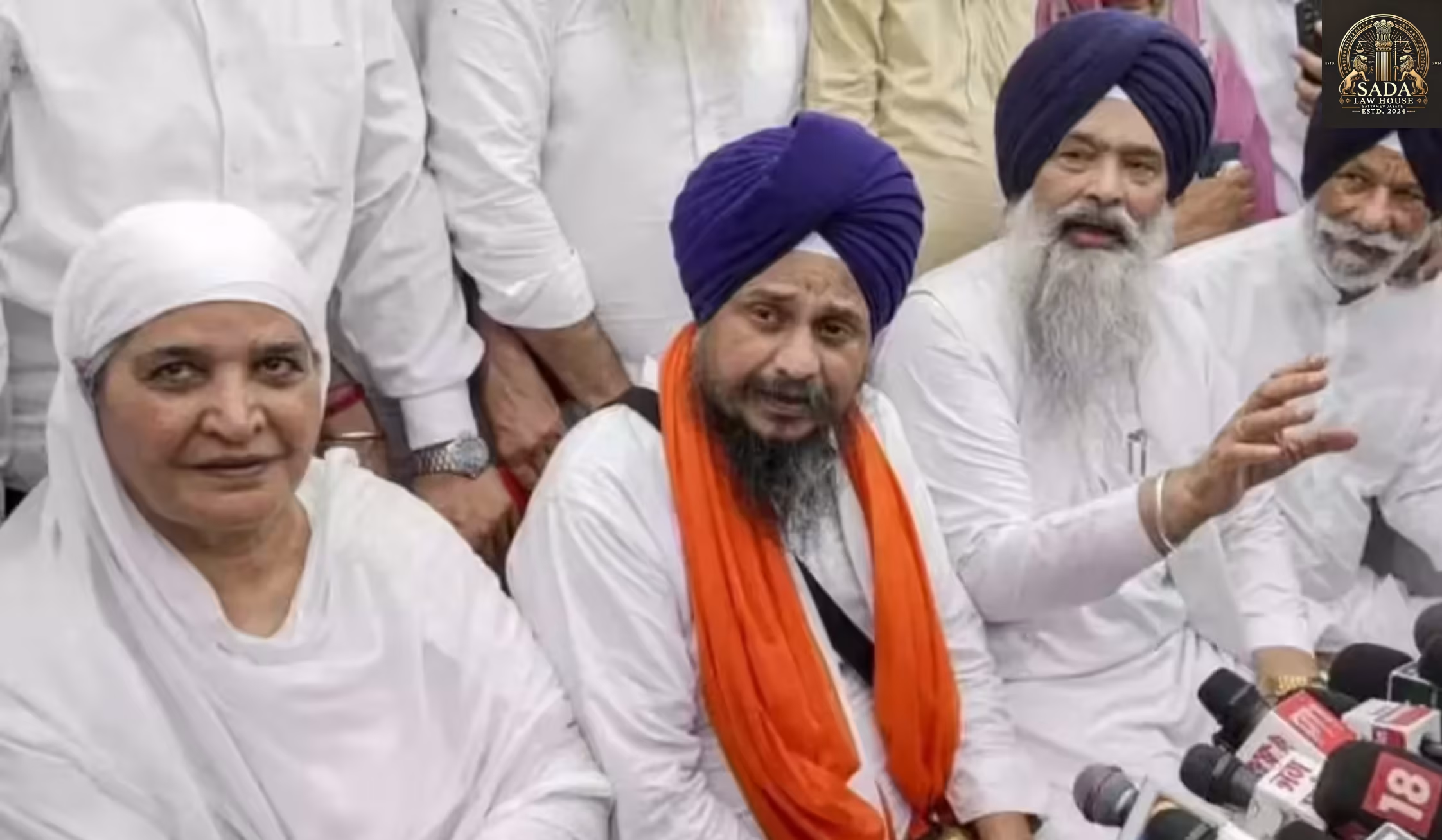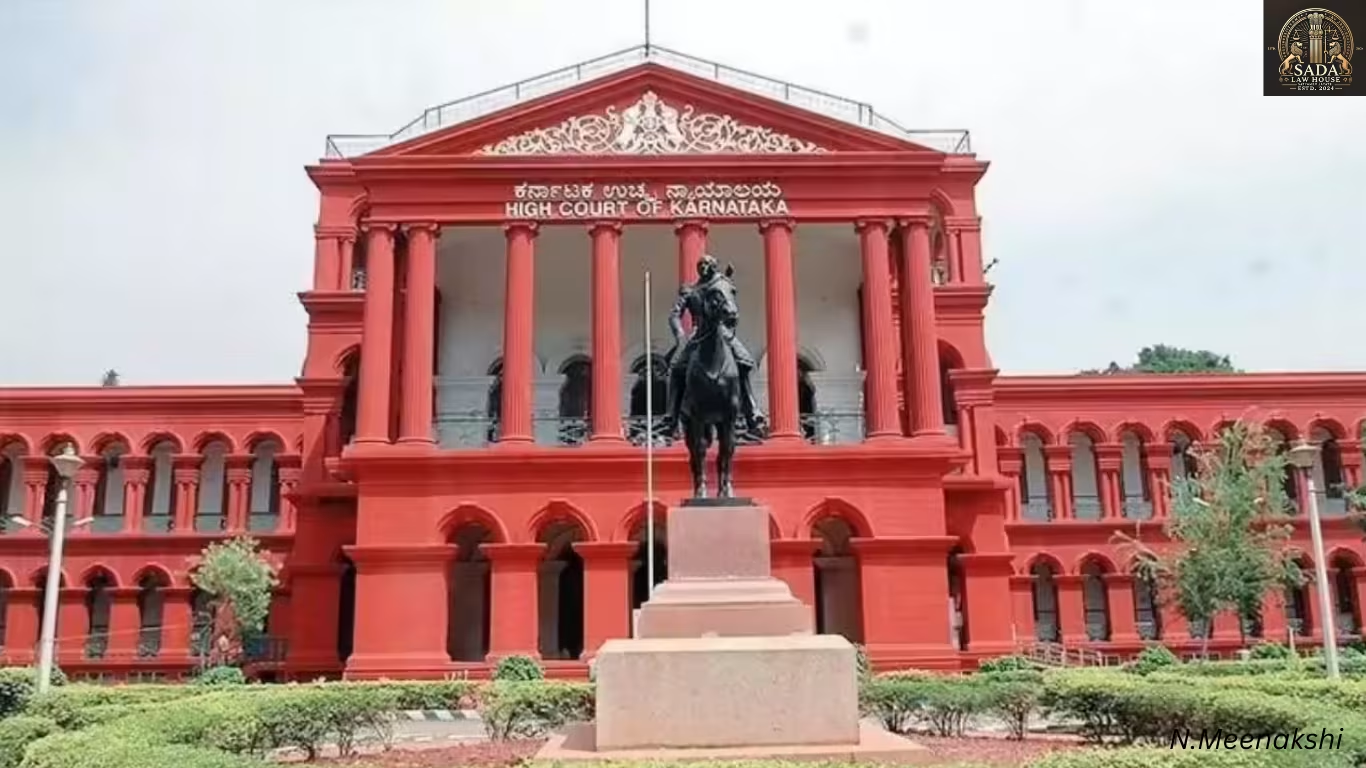Trump–Putin Alaska Summit Build-Up: High Stakes Over Ukraine
- Shristi singh
- 14 AUG 2025

U.S. President Donald Trump and Russian President Vladimir Putin prepare for a high-stakes Alaska summit on August 18, 2025, with Ukraine war negotiations, sanctions, and global security on the table.
Washington / Moscow, 14 August 2025 — With only days before their long-awaited face-to-face meeting in Alaska, Donald Trump and Vladimir Putin are exchanging both warnings and conciliatory remarks. The summit, set for August 18, is being called one of the most consequential diplomatic encounters since the start of the Russian invasion of Ukraine in February 2022.
A Summit Years in the Making
The Alaska venue was chosen after months of backchannel diplomacy involving U.S., Russian, and neutral-state intermediaries. Its location—geographically close to Russia—symbolizes proximity yet political distance. Trump claims he could “end the war in a week,” a statement met with skepticism from analysts. Putin, while praising U.S. “sincere efforts” toward peace, frames the summit as a chance to secure favorable terms without territorial concessions.
Trump’s Hardline Warning
At an August 13 briefing in Washington, D.C., Trump warned:
“If Russia does not agree to an immediate ceasefire, the consequences will be very severe—economically and diplomatically.”
He hinted at fresh sanctions targeting Russian oil exports and banking. This approach blends pressure with potential concessions, despite his past criticisms of NATO’s Ukraine strategy.
Putin’s Measured Response
From the Kremlin on August 14, Putin responded:
“We welcome any sincere efforts to stop the bloodshed… based on reality, not illusions.”
This “reality” likely refers to Russia’s stance that Crimea and parts of eastern Ukraine are non-negotiable. While conditions remain unstated, signals point to openness on prisoner swaps, humanitarian corridors, and security guarantees.
European Reactions
Volodymyr Zelenskyy welcomed U.S. mediation but vowed not to compromise territorial integrity.
Annalena Baerbock of Germany called the summit “an opportunity, but not a guarantee.”
Poland and Baltic nations fear a rushed deal could embolden future Russian aggression.
Inside the Negotiating Agenda
Ceasefire Proposal — Possibly monitored by neutral nations like India, Brazil, or South_Africa.
Territorial Questions — Whether Ukraine might accept the current battle lines in exchange for peace.
Sanctions Relief — Russia seeking phased rollback for compliance.
Security Guarantees — Ukraine potentially non-aligned but with strong aid packages.
Humanitarian Measures — Aid delivery, mine clearance, and displaced persons’ return.
U.S. Domestic Politics at Play
The summit arrives as Trump faces pressure before the 2026 midterms. Critics warn that haste could mean concessions damaging Ukraine’s sovereignty. His recent replacement of the Bureau of Labor Statistics chief adds to debates over his aggressive leadership style.
Russia’s Strategic Calculations
For Putin, success could ease sanctions and bolster trade with China, India, and Middle Eastern partners. Yet hardliners in Moscow oppose compromise, citing perceived military momentum.
The Risk of Failure
If talks collapse, both sides risk emboldening hardliners, renewed escalation, and a further freeze in U.S.–Russia ties. As Fiona Markov of Georgetown University notes:
“This is not Reykjavik 1986, but it could be a defining moment. A public failure would make future diplomacy harder.”
Public Opinion
In the U.S., polls show narrow majority approval for Trump’s engagement; in Russia, state media touts the summit as proof of Moscow’s global leverage.
Looking Ahead
Until August 18, Trump will emphasize “peace through strength,” while Putin stresses sovereignty and “practical solutions.” Whether this Alaska summit delivers genuine progress or a symbolic photo-op depends on their willingness to bridge entrenched divides.
Live Cases






